Description
Barclay Tailor. 18 & 20, Avenue de l’Opéra – Paris by Pierre de Belay printed on a T-Shirt
About the T-Shirt
Regular fit
Standard length, the fabric easily gives into movement
Casual wear
A classic, everyday option loved by our customers
Side-seamed
Constructed by sewing two parts together, creating a fitted look
The Unisex Staple T-Shirt feels soft and light with just the right amount of stretch. It’s comfortable and flattering for all. We can’t compliment this shirt enough–it’s one of our crowd favorites, and it’s sure to be your next favorite too!
- Solid colors are 100% Airlume combed and ring-spun cotton
- Ash color is 99% combed and ring-spun cotton, 1% polyester
- Heather colors are 52% combed and ring-spun cotton, 48% polyester
- Athletic and Black Heather are 90% combed and ring-spun cotton, 10% polyester
- Heather Prism colors are 99% combed and ring-spun cotton, 1% polyester
- Fabric weight: 4.2 oz./yd.² (142 g/m²)
- Pre-shrunk fabric
- 30 singles
- Side-seamed construction
- Tear-away label
- Shoulder-to-shoulder taping
- Blank product sourced from Nicaragua, Mexico, Honduras, or the US
Pierre de Belay (1890-1947)
Pierre de Belay was born in Quimperlé, France. The origins and extent of his artistic training are generally little known. At the age of 29, it is known that he was released from military service when he promptly moved to Paris. Either way, Belay’s military had at least a small amount of impact on his artistic work as one can see in this naval painting “Le Haven de Concarneau.”
Most of Belay’s art work is dated in the 1920’s and on, so it is quite possible that little artwork of his exists from before his move to Paris. In 1925, Belay finally had a studio and was living in Montparnasse. This bustling corner of Paris had given great inspiration to many painters before him, and was certainly gave Belay much inspiration for his Parisian street scenes.
Besides being a painter and engraver, Belay was also an illustrator for the magazine “Harlequin” from 1923-1926. Although he was working steadily and slowly becoming known in art circles, Belay would not find real success until 1930, when an exhibit at the Rotonde and a private exhibit at the Gulot Gallery brought him real fame.
Belay would continue creating art for the rest of his life, and died in Paris in 1947.

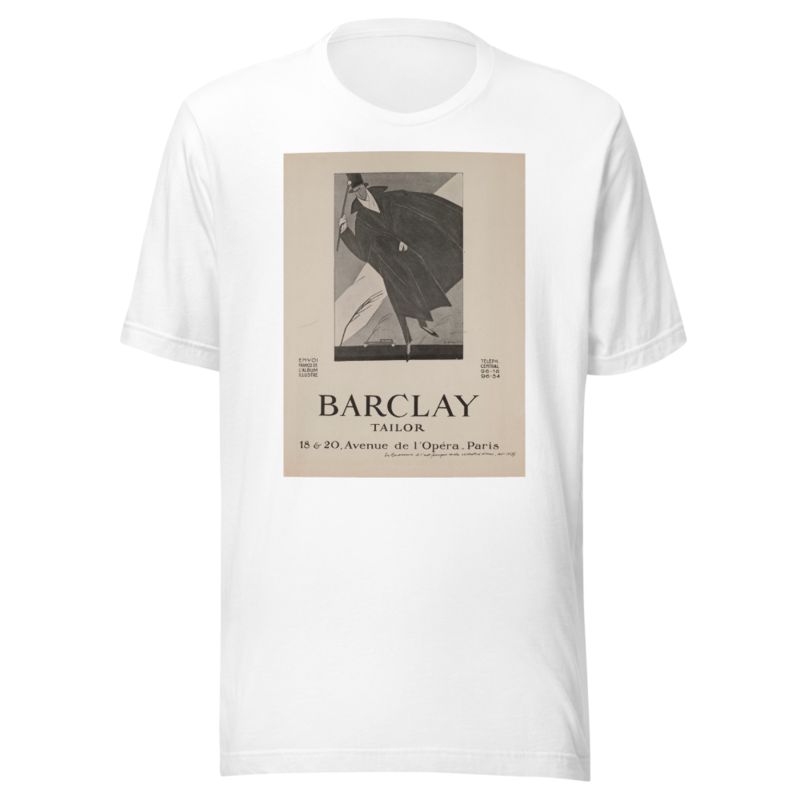
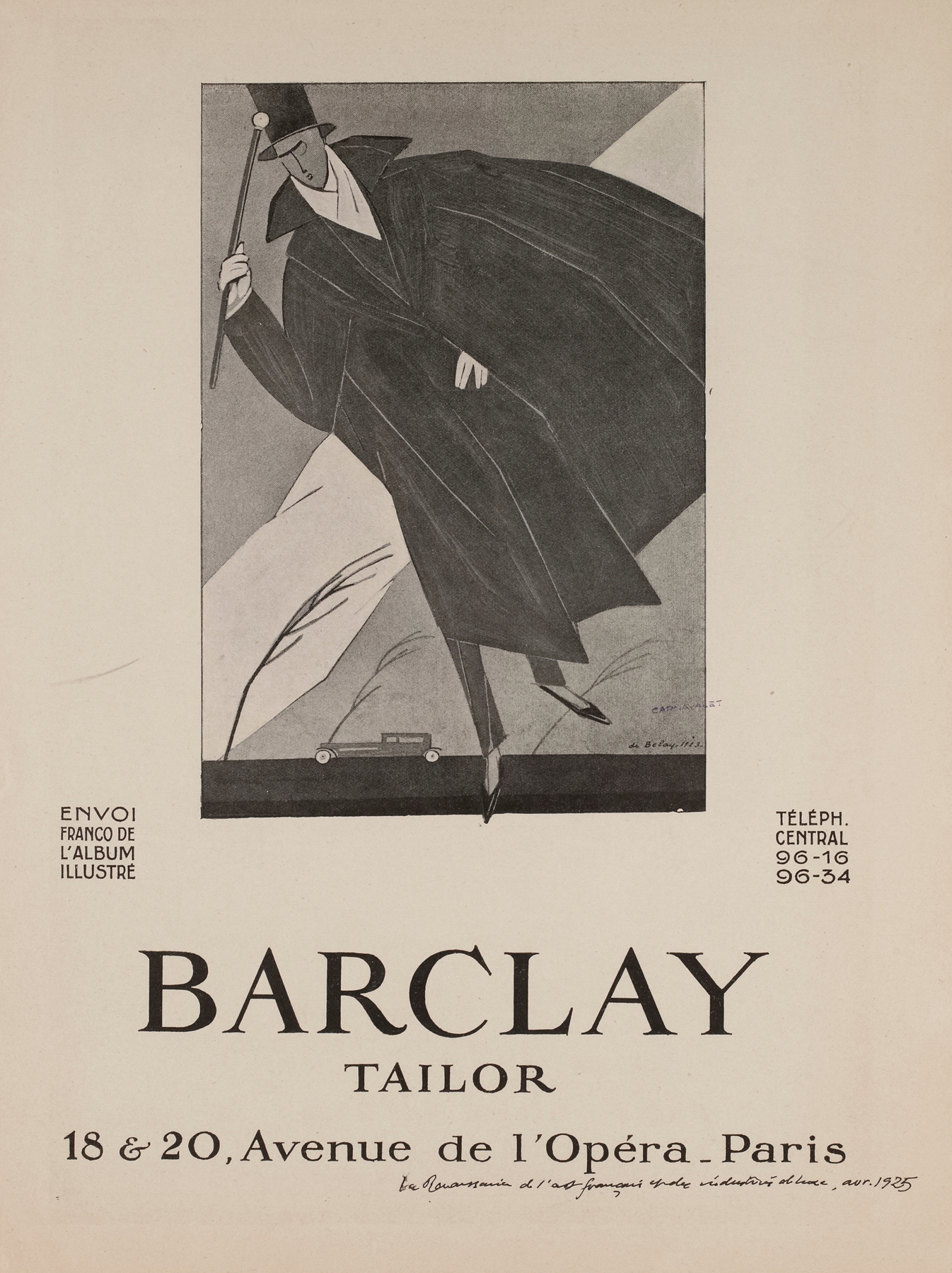
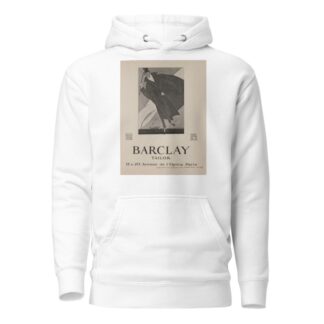
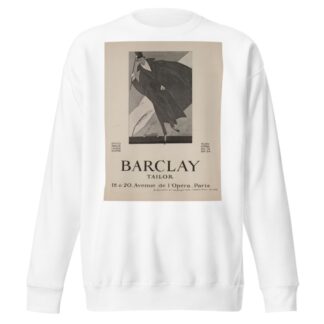
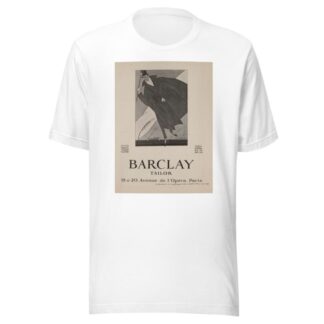
Reviews
There are no reviews yet.